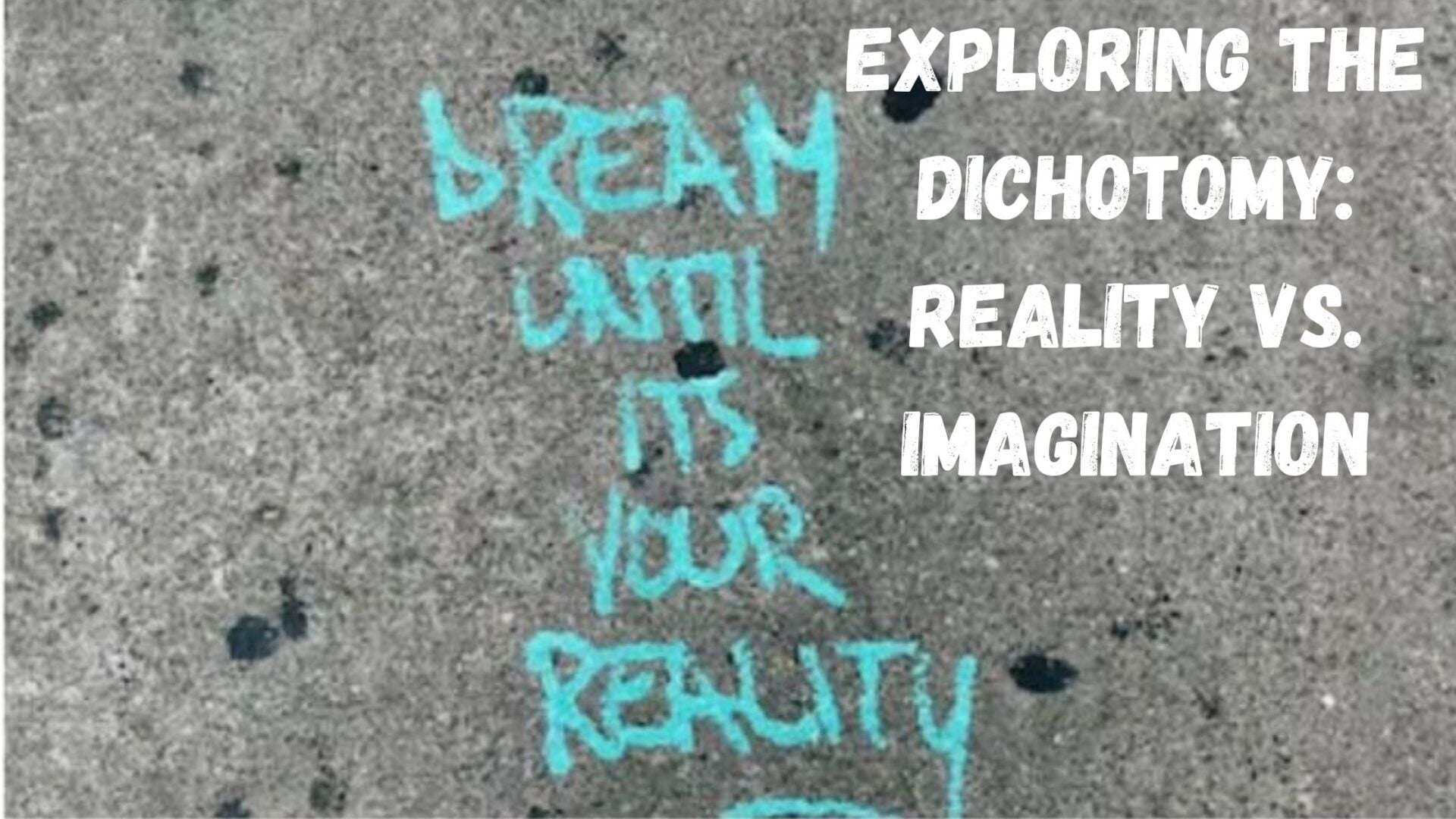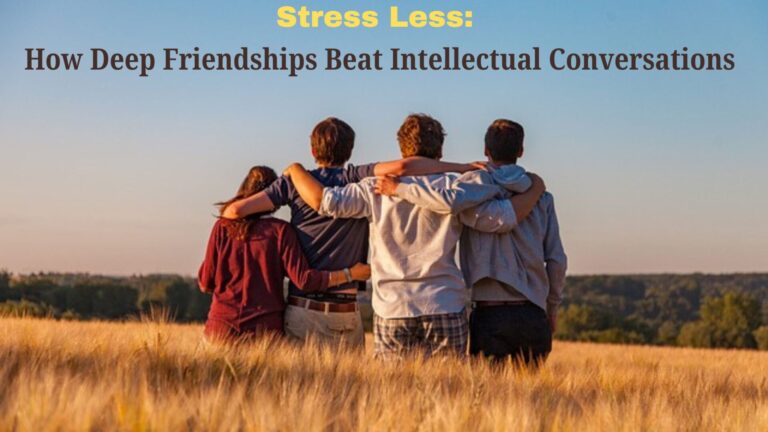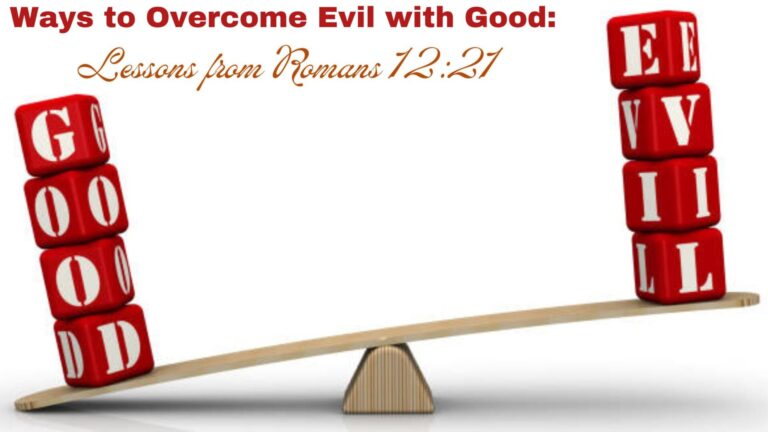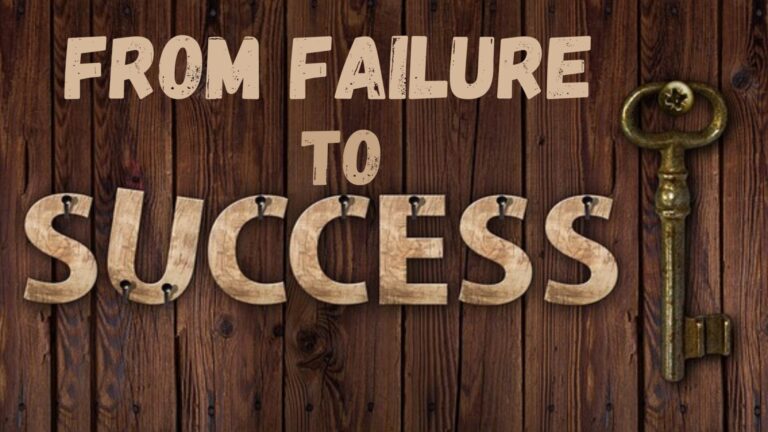Introduction:
Exploring the Dichotomy: Reality vs. Imagination

In the realm of human consciousness, reality and imagination are two powerful forces that shape our perceptions and experiences. While reality represents the tangible world around us, imagination delves into the depths of our minds, allowing us to create and envision alternate possibilities. In this article, we will delve into the fascinating interplay between reality and imagination, exploring their significance in various aspects of our lives.
What is the fascinating interplay between reality vs. imagination, and how do they hold significance in various aspects of our lives?
- The Nature of Reality and Imagination: To understand the dynamics between reality and imagination, we must first define their essence. Reality refers to the objective existence of the physical world, governed by empirical evidence and facts. On the other hand, imagination is the realm of ideas, creativity, and mental constructs that exist beyond what is immediately evident. It is through the interplay of these two concepts that our perception of reality is shaped.
- Unleashing Creativity through Imagination: Imagination serves as a powerful catalyst for human creativity. It enables us to explore uncharted territories, envision new possibilities, and break free from the constraints of reality. From artistic expressions to scientific breakthroughs, imagination plays a vital role in pushing the boundaries of human innovation and progress. By tapping into our imaginative faculties, we can unleash our creative potential and bring forth novel ideas and solutions.
- The Influence of Reality on Imagination: While imagination allows us to transcend reality, it is inevitably influenced by our perceptions of the world. Our experiences, cultural background, and societal norms shape the boundaries of our imagination. The limitations and possibilities we encounter in reality often become the building blocks for the creations of our imagination. Understanding the interplay between reality and imagination can help us appreciate the intricate relationship between the two and harness their combined power.
- The Role of Imagination in Problem-Solving: Imagination plays a crucial role in problem-solving by enabling us to think outside the box. When faced with challenges, tapping into our imaginative faculties can lead to innovative solutions that may have otherwise gone unnoticed. By combining elements from reality with imaginative thinking, we can approach problems from fresh perspectives, break through mental barriers, and discover transformative outcomes.
- Balancing Reality and Imagination: While imagination holds immense potential, it is essential to strike a balance between reality and the world of imagination. Grounding our ideas and visions in the realm of reality helps ensure their practicality and feasibility. By incorporating real-world constraints and considerations, we can refine and enhance our imaginative endeavors, making them more impactful and relevant to the world around us.
What is the effect of reality and imagination in our lives?
The effect of reality and imagination in our lives is profound and multifaceted. Here are some key impacts they have on our existence:
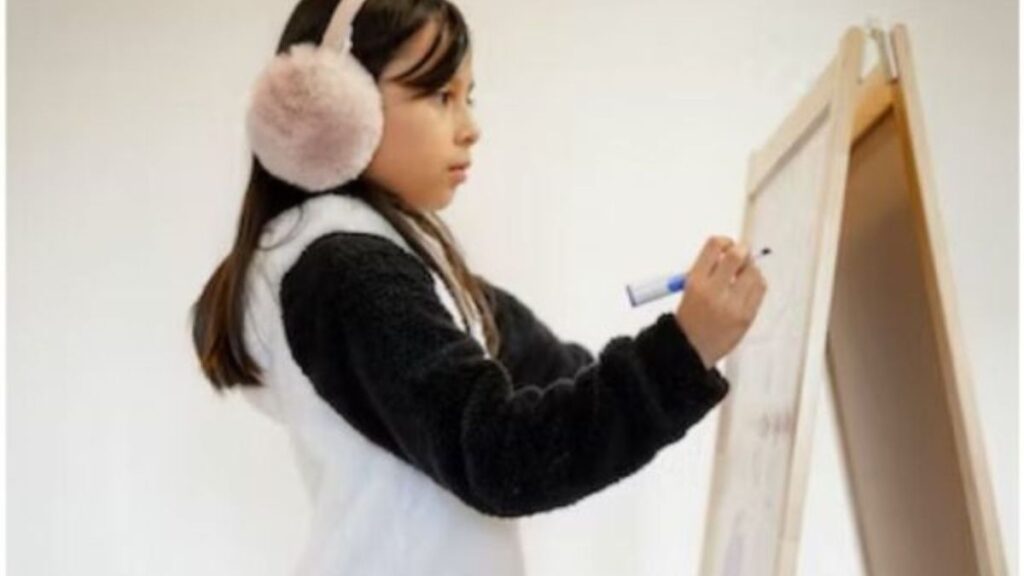
- Perception and Perspective: Reality forms the foundation of our perception, shaping our understanding of the world. It provides us with tangible experiences, facts, and evidence. Imagination, on the other hand, influences our perspective by allowing us to interpret and assign meaning to reality. It enables us to see beyond the surface, explore different viewpoints, and expand our understanding of the world.
- Creativity and Innovation: Imagination is the wellspring of creativity and innovation. It fuels the generation of new ideas, breakthroughs, and artistic expressions. By envisioning possibilities that extend beyond the limitations of reality, imagination drives human progress, pushing boundaries, and challenging established norms.
- Problem-Solving and Adaptability: Reality presents us with challenges and obstacles. Imagination plays a vital role in problem-solving by helping us think creatively and consider alternative solutions. It allows us to adapt to new situations, envision multiple scenarios, and devise innovative strategies to overcome difficulties.
- Emotional and Psychological Well-being: Imagination has a significant impact on our emotional and psychological well-being. It provides an avenue for self-expression, introspection, and personal growth. Through imagination, we can explore our desires, dreams, and aspirations, fostering a sense of fulfillment, purpose, and joy.
- Resilience and Hope: Imagination can be a source of resilience and hope in the face of adversity. It allows us to envision a better future and motivates us to take action. Imagination empowers us to see possibilities beyond current circumstances, inspiring optimism, and fueling determination.
- Empathy and Understanding: Imagination plays a crucial role in fostering empathy and understanding. By using our imaginative faculties, we can put ourselves in others’ shoes, envision different perspectives, and cultivate compassion. Imagination allows us to bridge gaps, break down barriers, and connect with others on a deeper level.
- Personal Fulfillment and Self-Discovery: Imagination opens the door to personal fulfillment and self-discovery. It enables us to explore our passions, uncover hidden talents, and pursue our dreams. Through imagination, we can tap into our innermost desires and aspirations, leading to a more authentic and fulfilling life.
In summary, reality provides the foundation for our existence, while imagination serves as a catalyst for growth, creativity, and transformation. The interplay between reality and imagination shapes our perception, influences our actions, and allows us to transcend the limitations of the world we inhabit. Both are essential aspects of the human experience, offering unique and profound effects on our lives.
Give some quotes of reality vs imagination?
Certainly! Here are some quotes that capture the essence of the interplay between reality and imagination:
- “Imagination is more important than knowledge. For knowledge is limited, whereas imagination embraces the entire world, stimulating progress, giving birth to evolution.” – Albert Einstein
- “Reality leaves a lot to the imagination.” – John Lennon
- “Imagination will often carry us to worlds that never were. But without it, we go nowhere.” – Carl Sagan
- “Reality is merely an illusion, albeit a very persistent one.” – Albert Einstein
- “Imagination is the only weapon in the war against reality.” – Lewis Carroll
- “Imagination is the true magic carpet, the doorway to infinite possibilities.” – Lao Tzu
- “Reality is shaped by the lenses of our imagination.” – Unknown
- “Imagination allows us to transcend the limits of reality and explore the boundless horizons of our dreams.” – Unknown
- “The wings of imagination can lift us above the constraints of reality and let our spirits soar.” – Unknown
- “Reality is where we start, but imagination is where we create a better world.” – Unknown
Remember, these quotes provide different perspectives on the dynamic relationship between reality and imagination, offering inspiration and insight into the profound impact they have on our lives.
Conclusion:
The interplay between reality and imagination is a fascinating aspect of human existence. As we navigate through life, understanding how these two forces interact can empower us to leverage their power effectively. By embracing the creativity and limitless possibilities of imagination while grounding our ideas in reality, we can unlock new horizons of innovation, problem-solving, and personal growth. The exploration of this dichotomy invites us to delve deeper into the realms of our own consciousness, enriching our experiences and transforming our world.
FAQs
Q1: What is meant by “reality” in the context of shaping our perceptions and experiences?
A1: In this context, “reality” refers to the external, objective world that we experience through our senses. It includes the tangible, physical environment and factual events that occur independently of our thoughts and feelings.
Q2: How does imagination influence our perceptions and experiences?
A2: Imagination allows us to create mental images, concepts, and scenarios that are not present in our immediate environment. It influences our perceptions and experiences by enabling us to envision possibilities, empathize with others, solve problems creatively, and plan for the future. Imagination can also color our memories and interpretations of real events.
Q3: Can you provide an example of how reality and imagination interact to shape an experience?
A3: Consider someone preparing for a job interview. The reality involves the actual interview process, the questions asked, and the interviewer’s reactions. Imagination comes into play when the person envisions potential questions, practices responses, and visualizes a successful outcome. This combination helps shape their experience by reducing anxiety and increasing confidence.
Q4: Why are reality and imagination considered powerful forces?
A4: Reality and imagination are powerful because they fundamentally influence how we interpret and interact with the world. Reality provides a foundation of experiences that ground us, while imagination expands our possibilities, enabling us to innovate, dream, and grow. Together, they determine our perceptions, decisions, and ultimately, our life paths.
Q5: How can understanding the balance between reality and imagination improve personal development? A5: By recognizing the roles of both reality and imagination, individuals can make more informed decisions and set realistic yet aspirational goals. This balance helps in managing expectations, reducing stress, fostering creativity, and achieving a more fulfilling life.
References
- Bateson, G. (1972). Steps to an Ecology of Mind. University of Chicago Press. This work explores the interplay between reality and mental constructs, emphasizing the importance of perception in shaping human experience.
- Kahneman, D. (2011). Thinking, Fast and Slow. Farrar, Straus and Giroux. Kahneman discusses how our perceptions (shaped by reality and imagination) influence decision-making processes.
- Eagleman, D. (2015). The Brain: The Story of You. Pantheon. This book provides insights into how our brains process reality and imagination to create our subjective experiences.
- Harris, J. (2000). The Work of the Imagination. Wiley-Blackwell. Harris explores the cognitive and social functions of imagination, detailing its role in shaping human thought and experience.
- Sacks, O. (2010). The Mind’s Eye. Knopf. This book investigates how individuals perceive reality and imagination, especially through the experiences of those with unique neurological conditions.
By understanding how reality and imagination interact, individuals can better navigate their lives, leveraging the strengths of both to enhance their experiences and perceptions.
